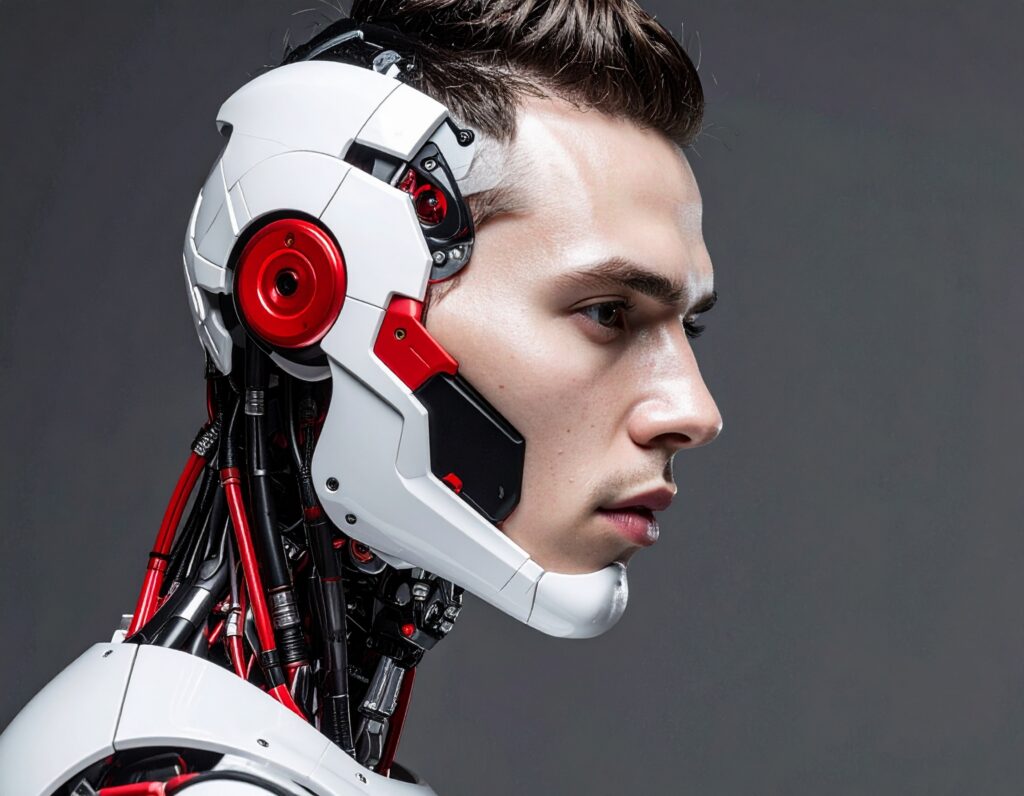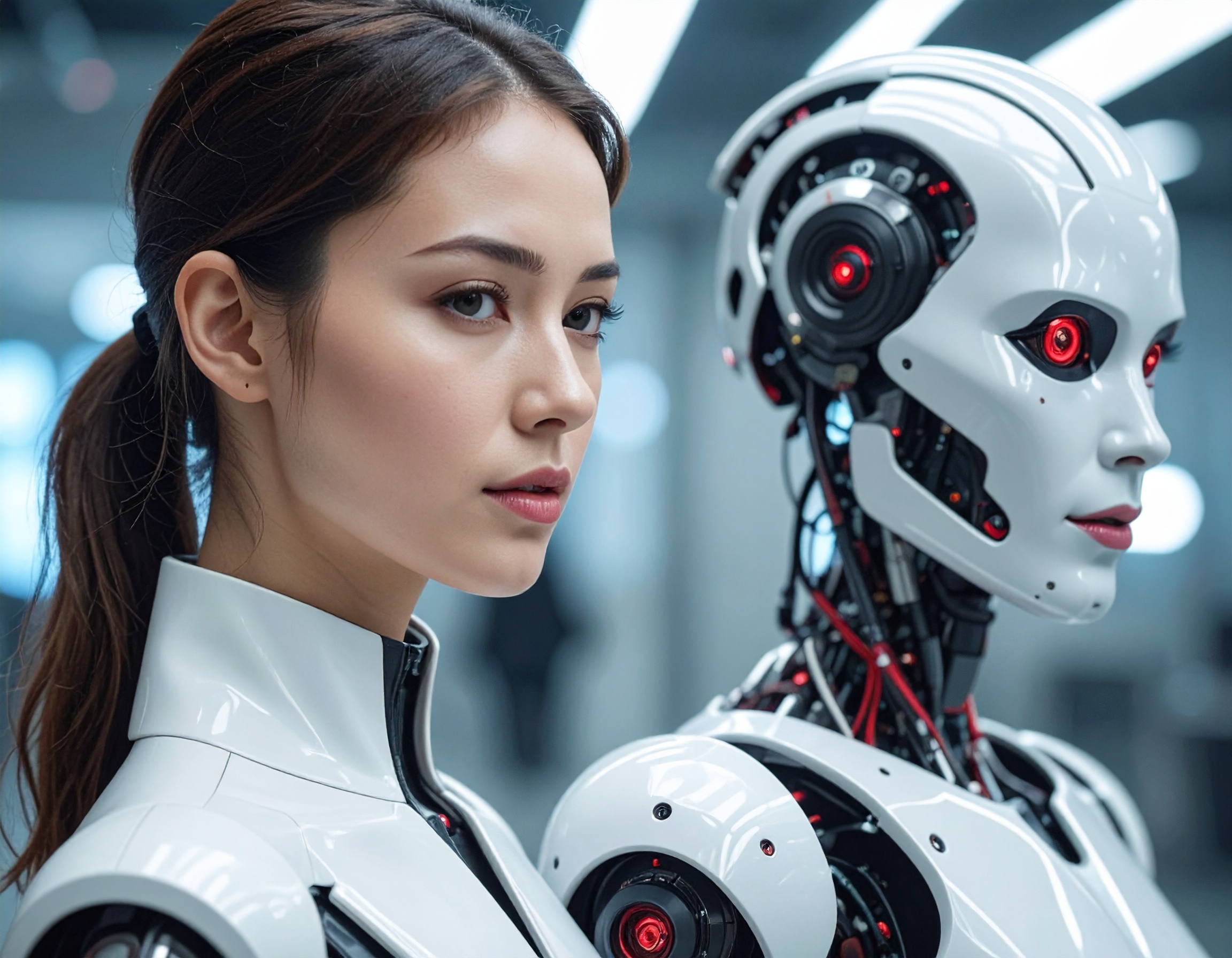Robots Take the Spotlight: Non-Human Workers Steal the Show at the Canton Fair

A Showcase of AI Employees on the Floor
On October 19, 2025, at the 138th edition of the China Import and Export Fair (commonly known as the Canton Fair) in Guangzhou, a remarkable spotlight was placed on service robots — the new breed of “AI employees” and “non-human workers.” The fair, famed for trade and global innovation, featured a Service Robots Zone for the second time, this year bringing together 46 leading companies dedicated to robotics.
Examples include a humanoid robot capable of pouring water, a spherical robot that can stop precisely at any point, and an AI-powered robotic dog that climbs steep slopes and bows for photos.
These kinds of “voice AI agents” or robot assistants are no longer just futuristic prototypes — they are increasingly visible in real-world settings, illustrating how automation is expanding beyond manufacturing into everyday service roles.
Why This Matters: China’s Robotics Momentum
This exhibition is not just showmanship. It reflects a deeper industrial shift. China reportedly had over 2 million industrial robots in operation by the end of 2024 — ranking first globally. The country’s robotics industry generated nearly 240 billion yuan (≈ US$33.4 billion) in 2024, and production of industrial robots reached 370,000 units in the first half of 2025.
The transition from factory lines to service environments reveals how non-human workers are moving into homes, hospitals, entertainment, tourism, and hospitality. For example, one company presented a coffee-making robot with full automation of order-to-collection processes, now deployed in transport hubs and tourist attractions.
This shift is significant because it indicates that the boundaries of automation are expanding — service sector roles may increasingly be served by AI employees and robots, transforming labour, business models and global supply chains.

Global Reach and Future Outlook
The interest from international buyers at the Canton Fair was strong. One buyer from Saudi Arabia commented on China’s robot variety and quality, indicating ready interest in Middle-East markets. Another example: a high-tech company exhibited a robotic dog (powered by self-developed AI algorithms) that navigates steep slopes and varied terrain, demonstrating robust capability beyond simple factory settings.
In the medical domain, a surgical robot was shown making precise cuts on a manikin. Its real-world record: thousands of surgeries in mainland China and Hong Kong, with an error margin under 0.5 millimetres and medical licences in Europe, Southeast Asia and the Middle East.
Looking ahead, the message is clear: as China leverages its full manufacturing chain and booming algorithm development, it is accelerating the deployment of non-human workers and voice AI agents globally. Businesses, governments and workers must pay attention — the era of service-oriented robots is arriving sooner than many expect.
Key Highlights:
- The 138th Canton Fair (Oct 2025, Guangzhou) featured 46 top service-robot companies in a dedicated zone.
- Examples: a humanoid robot serving water, a spherical robot with precise stop-points, an AI-powered robotic dog climbing slopes.
- China had over 2 million industrial robots by end of 2024 and earned nearly 240 billion yuan in robotics revenue in 2024.
- Service-robot deployment is expanding into coffee shops, transport hubs, medical surgery, tourist attractions.
- Global interest is growing — buyers from the Middle East and beyond are actively engaging with Chinese robot firms.
- The shift from factory robots to real-world service robots signals a transformation in how “AI employees” and “non-human workers” will integrate into daily life.
Reference:
https://english.news.cn/20251019/5c8de609718d43cc88d012c450afaebd/c.html


